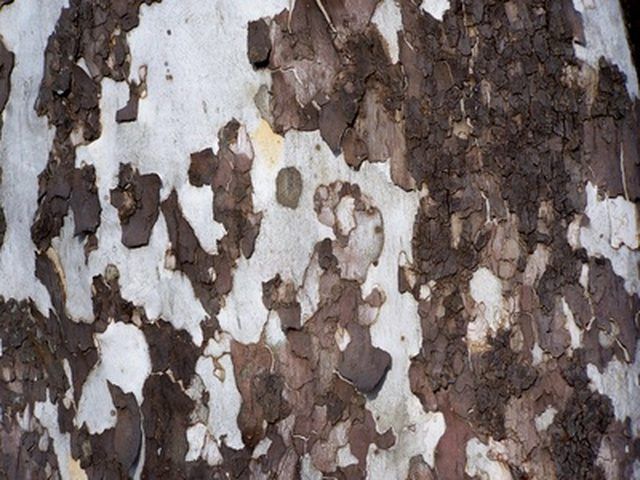Bulbs
Flower Basics
Flower Beds & Specialty Gardens
Flower Garden
Garden Furniture
Garden Gnomes
Garden Seeds
Garden Sheds
Garden Statues
Garden Tools & Supplies
Gardening Basics
Green & Organic
Groundcovers & Vines
Growing Annuals
Growing Basil
Growing Beans
Growing Berries
Growing Blueberries
Growing Cactus
Growing Corn
Growing Cotton
Growing Edibles
Growing Flowers
Growing Garlic
Growing Grapes
Growing Grass
Growing Herbs
Growing Jasmine
Growing Mint
Growing Mushrooms
Orchids
Growing Peanuts
Growing Perennials
Growing Plants
Growing Rosemary
Growing Roses
Growing Strawberries
Growing Sunflowers
Growing Thyme
Growing Tomatoes
Growing Tulips
Growing Vegetables
Herb Basics
Herb Garden
Indoor Growing
Landscaping Basics
Landscaping Patios
Landscaping Plants
Landscaping Shrubs
Landscaping Trees
Landscaping Walks & Pathways
Lawn Basics
Lawn Maintenance
Lawn Mowers
Lawn Ornaments
Lawn Planting
Lawn Tools
Outdoor Growing
Overall Landscape Planning
Pests, Weeds & Problems
Plant Basics
Rock Garden
Rose Garden
Shrubs
Soil
Specialty Gardens
Trees
Vegetable Garden
Yard Maintenance
What Is a Sycamore Tree?
What Is a Sycamore Tree?. Three types of sycamore tree are native species in the United States, with the American sycamore having by far the largest distribution. The sycamore is a massive tree in terms of its size, with a very wide trunk, large limbs and capability of growing to great heights. The sycamore tree, also called a buttonball tree, has...

Three types of sycamore tree are native species in the United States, with the American sycamore having by far the largest distribution. The sycamore is a massive tree in terms of its size, with a very wide trunk, large limbs and capability of growing to great heights. The sycamore tree, also called a buttonball tree, has some unique features that make recognizing one easy.
Size
The American sycamore can grow to 100 feet high, but many specimens can get much taller. For example, a sycamore growing in Ashland, Ohio, has a circumference of 422 inches and is 129 feet tall. The American sycamore has a diameter in the trunk of as much as 10 feet, with one tree's base diameter an amazing 15 feet, according to the "National Audubon Society Field Guide to Trees." The California and Arizona sycamore species do not grow quite as tall, averaging 40 to 90 feet high, says the "Trees of North America." The diameter of these trees is usually in the range of one to three feet.
Sycamore Foliage
Sycamore leaves are very large and they are multi-lobed. The American sycamore has from three to five lobes on each leaf and can grow to be 10 inches long. The foliage on an Arizona sycamore can be six to 10 inches wide and these leaves typically possess seven separate lobes. California sycamore's three or five-lobed leaves are about the same size as those of the Arizona species. Sycamore leaves are a brighter green on the top than the bottom and attach to the twigs by long stems. The colors in fall are not vivid, with most just turning brown.
Sycamore Bark
The bark of a sycamore tree makes it stand out, especially when the leaves are off the branches in cold weather. The upper branches and trunk will have exfoliating (peeling) bark that reveals a whitish layer of bark beneath it. The gray-brown-green bark peels off in a pattern that gives it a camouflaged appearance, with different sized areas of each color present on the tree. The winter sun will reflect off the white bark in the heights of a sycamore, making spotting the tree an easy task.

Buttonballs
The buttonballs on a sycamore tree are actually hanging seedpods that develop from the flowers. These "fruits" hang by themselves and are a tan-brown color, with a diameter of about one inch. Many will still be on the sycamore in the middle of the winter months. Eventually the buttonballs fall to pieces and scatter the many individual seeds inside in all directions.
Geography
The American sycamore grows from New England to Georgia and from the Atlantic Coast into Plains states such as Kansas, Nebraska, Texas and Oklahoma. The California sycamore grows throughout most of California, while the Arizona variety grows in Arizona, New Mexico and northern parts of Mexico.
Considerations
The sycamore often becomes hollow, providing homes for many types of small mammals such as squirrels and raccoons, who build dens and nests in the rotted or open areas within the trunk. Sycamore trees grow best in fertile, damp soils and often will exist along streams and rivers. Air pollution does not agree with this type of tree, and the leaves are subject to an ailment known as anthracnose. This fungal disease may infect the leaves in the early weeks of spring, killing them and forcing the sycamore to grow new foliage later in the season.